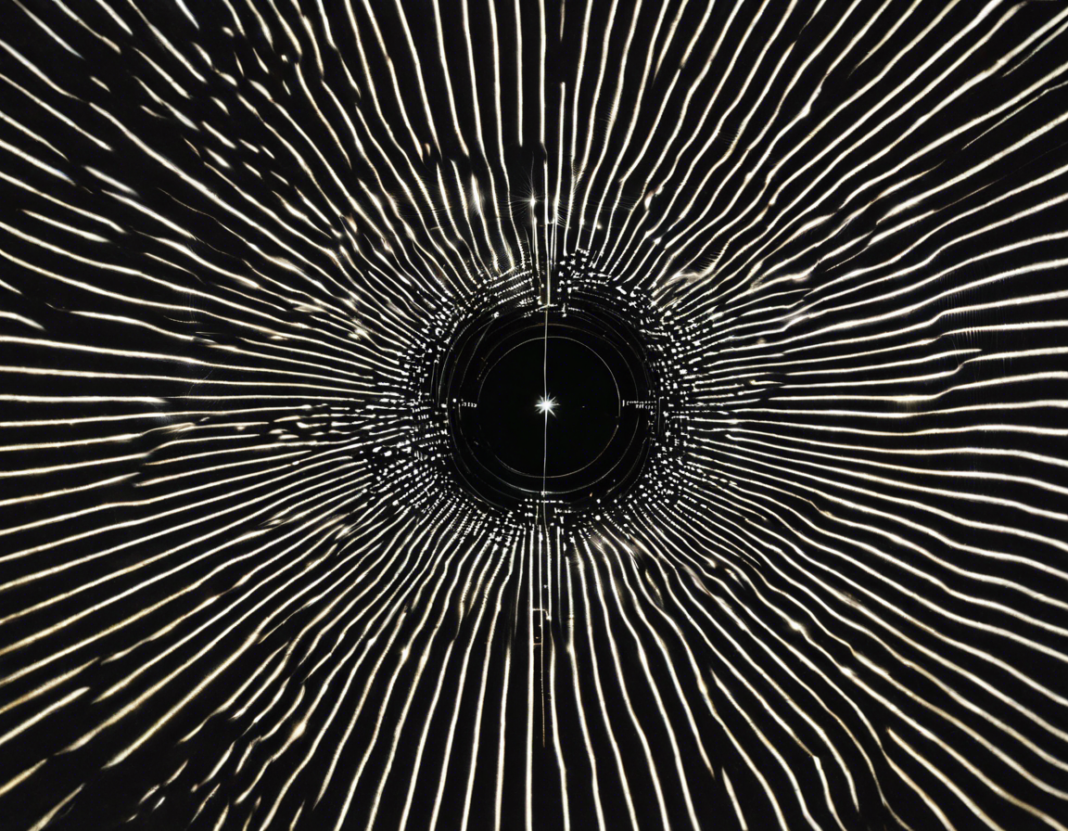In the realm of physics, particularly in the field of quantum mechanics, the Double Slit Experiment stands as a quintessential demonstration of the wave-particle duality of light. At the heart of this experiment lies the concept of photons, the fundamental particles that make up light. To truly grasp the intricacies and implications of the Double Slit Experiment, it is crucial to delve into the meaning of photons within this context.
Understanding Photons:
What are Photons?
Photons are the elementary particles that constitute light. They are considered as the carriers of the electromagnetic force and are devoid of any mass. Photons exhibit properties of both particles and waves, which manifests the wave-particle duality phenomenon.
Wave-Particle Duality:
One of the fundamental principles of quantum mechanics, wave-particle duality theorizes that particles such as photons can exhibit both wave-like and particle-like properties depending on the circumstances of observation.
Quantum Theory:
In the realm of quantum theory, which governs the behavior of particles at the subatomic level, photons are described as quanta of light that travel as both particles and waves simultaneously.
The Double Slit Experiment:
The Double Slit Experiment serves as a cornerstone demonstration of the wave-particle duality of light. In this experiment, light, typically in the form of photons, is directed towards a barrier with two slits. The light passing through the slits creates an interference pattern on a screen behind the barrier, demonstrating wave-like behavior.
Wave-Like Behavior:
When photons pass through the slits, they diffract and create an interference pattern on the screen, displaying characteristics of waves. This phenomenon signifies that photons exhibit wave-like properties.
Particle-Like Behavior:
Interestingly, even when photons are sent through the slits one at a time, over time, they accumulate on the screen in a manner that resembles particles. This observation emphasizes the particle-like nature of photons.
Implications of the Double Slit Experiment:
Superposition:
The Double Slit Experiment showcases the concept of superposition, where particles exist in multiple states simultaneously until measured. In the case of photons, they pass through both slits simultaneously, creating an interference pattern.
Observer Effect:
The act of observation or measurement in the Double Slit Experiment influences the behavior of photons. The experiment highlights how the presence of an observer can collapse the wave function of photons, forcing them to act either as particles or waves.
Conclusion:
In conclusion, the meaning of photons in a Double Slit Experiment underscores the enigmatic nature of quantum mechanics and the intricate duality of light as both particles and waves. Through the understanding of photons and their behavior in this experiment, scientists continue to unravel the mysteries of the quantum world, shaping our comprehension of the fundamental building blocks of the universe.
Frequently Asked Questions (FAQs):
1. Can photons be considered as both particles and waves simultaneously?
Yes, according to the wave-particle duality principle in quantum mechanics, photons exhibit properties of both particles and waves depending on the context of observation.
2. How do photons behave in the Double Slit Experiment?
Photons in the Double Slit Experiment demonstrate wave-like behavior by diffracting and creating an interference pattern, as well as particle-like behavior by accumulating on the screen in a manner reminiscent of particles.
3. What is the significance of the interference pattern in the Double Slit Experiment?
The interference pattern in the Double Slit Experiment signifies the wave-like behavior of photons, showcasing their ability to diffract and interfere constructively or destructively.
4. How does the concept of superposition apply to photons in the Double Slit Experiment?
In the Double Slit Experiment, photons exhibit superposition by passing through both slits simultaneously, existing in multiple states until they are measured.
5. How does the act of observation influence the behavior of photons in the Double Slit Experiment?
The act of observation or measurement in the Double Slit Experiment can collapse the wave function of photons, leading them to behave either as particles or waves based on the presence of an observer.

